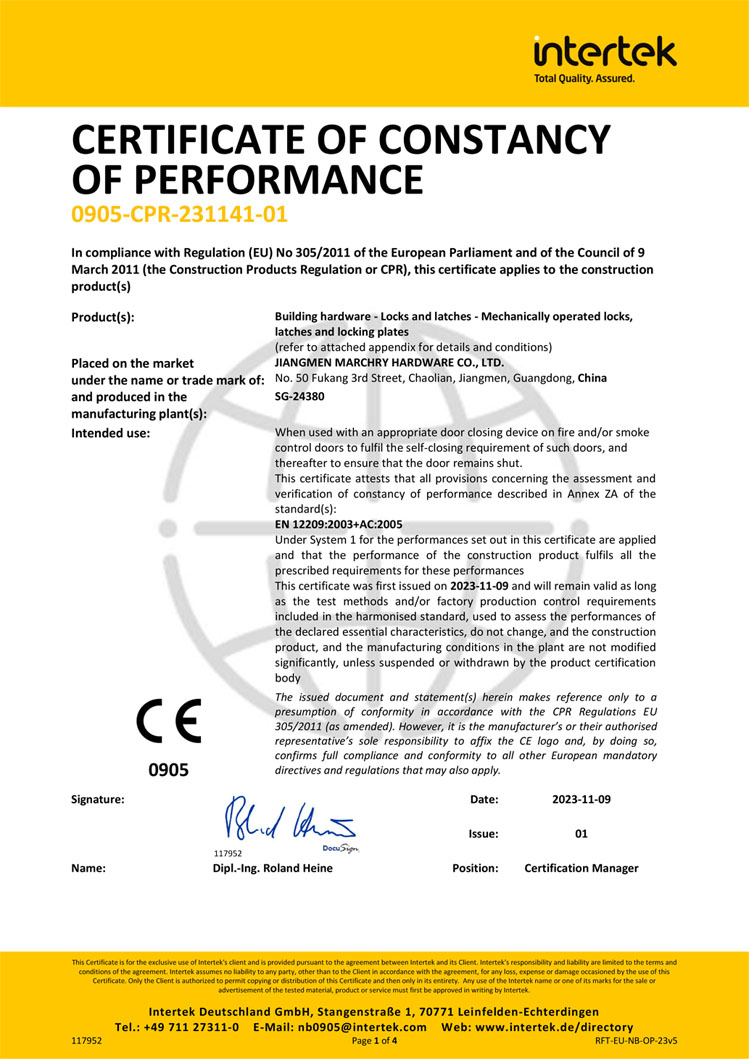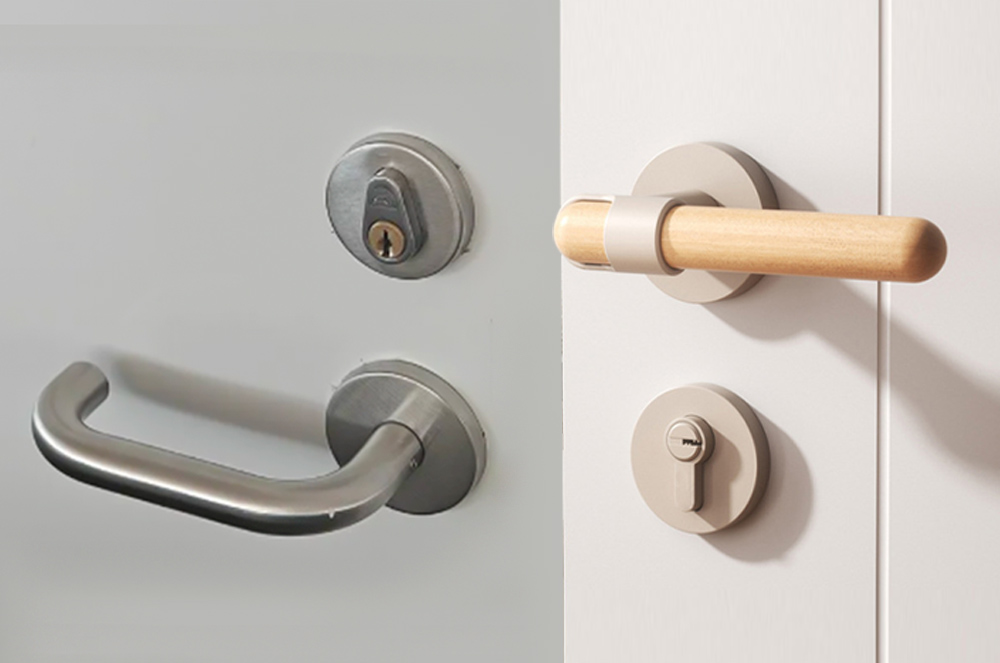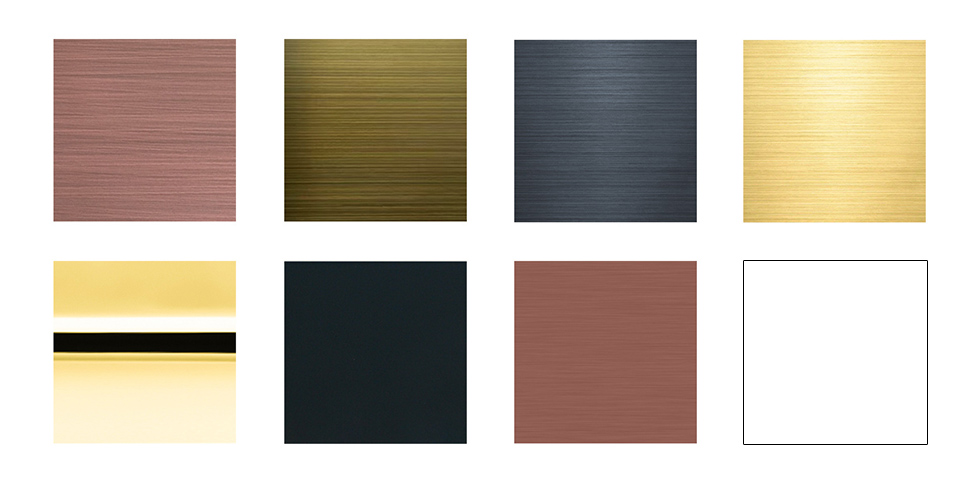Uncovering the link between CE marking and EN testing
INTRODUCTION
In the highly competitive European market, obtaining CE marking is vital for companies looking to bring their products to the forefront. The certification is an endorsement that a product complies with European safety standards and regulations. However, many people may not realize the integral role that EN testing plays in the process of obtaining CE marking.
Explore EN Testing
EN testing is an important part of the CE marking process. It consists of a variety of tests and evaluations of a product to verify that it complies with European standards EN testing is carried out by accredited test laboratories according to specific European Norms (EN), hence the name.
Different categories of products require different types of EN testing. These tests may include mechanical, electrical, chemical and other assessments to ensure that the product meets the necessary safety and performance requirements.
An example is the mortise lock EN 12209 that we have obtained. Features assessed include normal use (and abuse) forces, long-term durability, fire/smoke resistance, corrosion and temperature resistance and security, both manipulative and mechanical. Features assessed include normal use (and abuse) forces, long-term durability, fire/smoke resistance, corrosion and temperature resistance and security, both manipulative and physical.
Understanding CE marking
CE marking is a mandatory certification for products sold in the European Economic Area (EEA). It demonstrates that the product complies with the essential health and safety requirements set out in the European Directives.The purpose of CE marking is to ensure the safety of consumers and the environment, while facilitating the free movement of goods within the EEA.
To obtain CE marking, companies must comply with specific standards and regulations, which vary depending on the type of product being certified. These standards cover a wide range of criteria, including design, construction, performance and other important aspects of the product.
Marchry Hardware has CE marking: 0905-CPR-231141-01 for Building hardware -Locks and latches -Mechanically operated locks, latches and locking plates.

Differences between CE marking and EN testing
Although CE marking and EN testing are related, they serve different purposes in the product certification process; CE marking is a general certification that confirms a product’s compliance with European standards, while EN testing is a specific testing process used to verify a product’s compliance with European standards.
EN testing is a key step in the CE marking process as it provides concrete evidence that the product complies with the required standards. The two processes complement each other and together they ensure that the product is safe, reliable and complies with European regulations. Without EN testing, it is not possible to obtain CE marking and sell products in the EEA.

Challenges of EN testing
Despite the importance of EN testing, companies often face a variety of challenges during the testing process. Common obstacles include technical complexity, lack of resources, and difficulty interpreting test results. To overcome these challenges, companies must invest in the proper preparation, resources, and expertise to ensure successful testing.
Conclusion
In conclusion, passing EN testing is critical to obtaining CE marking and ensuring product safety and compliance in the European marketplace, and the interconnection between CE marking and EN testing highlights the rigorous process that companies must go through to get their products to European consumers. By understanding the relationship between these processes and overcoming the difficulties, companies will be able to successfully navigate the certification process and enter the European market. Marchry Hardware is certified to EN1906 for door handles, EN1935 for door hinges, and EN12209 for mortise locks. We look forward to working with you in a friendly and cooperative manner if you need to do so.
MARCHRY HARDWARE
WEBSITE: www.marchry.com
MAIN PRODUCTS: Door handle, Door knob, Pull handle, Door stopper, Door lock, Toilet partition hardware, Furniture handle, etc.





